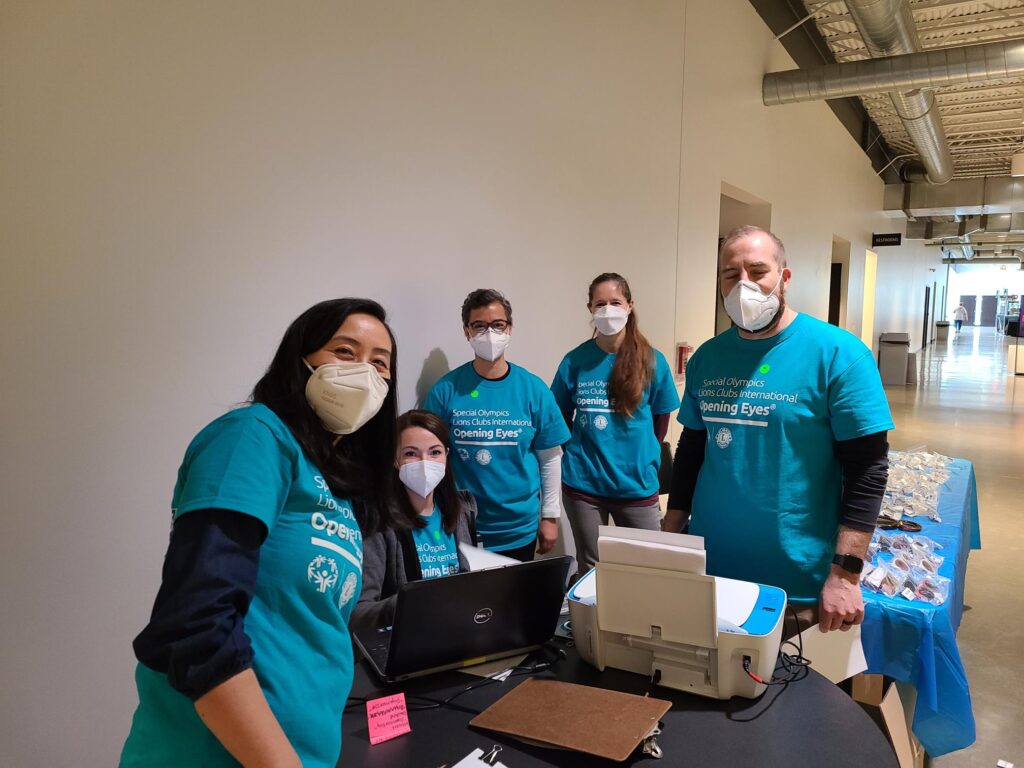80% of what a child learns is obtained through vision. That is why it is so important for the visual system to develop appropriately throughout childhood. Vision is influenced by what we see in our environment, the activities that we participate in, and the toys we play with when growing up. Vision starts to develop at birth, and by the time a child reaches the school age years, most of the development has already taken place.
60% of students identified as problem learners have undetected vision problems that make things such as reading, writing, and learning difficult. In most of these cases, the children have 20/20 vision. 20/20 visual acuity is important, but is just one of many visual skills needed for adequate learning. Many other factors are involved that can contribute to learning problems. Deficiencies in eye teaming, focusing ability, eye movements, visual processing, and eye-hand coordination skills can lead to difficulties in the classroom.
Nearly 1 out of every 4 students has a learning related vision problem. Most often children will not complain about their poor eyesight. Signs that parents and teachers can look for to determine if a child may have a vision problem that is contributing to poor school performance include the following:
- Excessive rubbing of the eyes
- Blinking or squinting when reading
- Closing an eye when reading or focusing on an object
- Getting close to books when reading
- Using a finger to keep place when reading
- Difficulty copying from the board
- Frequent letter or number reversals
- Poor handwriting
- Omitting or repeating words or lines of text when reading
- Decreased attention when engaged in near tasks
- Difficulty completing assignments in a reasonable amount of time
- Avoiding desk-work in the classroom
- Acting out in class
- Daydreaming
- Decreased reading comprehension
A comprehensive visual evaluation can test for these difficulties and a vision therapy program can help remedy these conditions in many cases.
Vision therapy does not treat dyslexia or learning problems. Rather, vision therapy helps eliminate visual deficits that may be providing barriers to proper learning.





